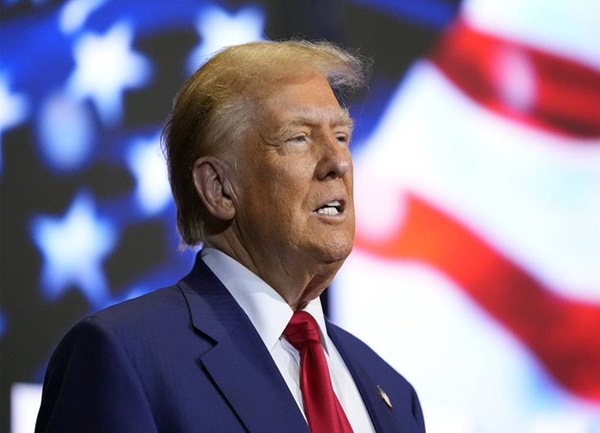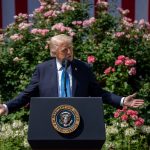
South Korean Markets Plunge After Trump’s 25% Tariff Shock
U.S. President Donald Trump has triggered market turmoil in South Korea by announcing a steep 25% tariff on all South Korean exports to the United States, effective August 1. The move, part of a broader tariff campaign against multiple nations, has rattled investor confidence and sent financial markets into a tailspin.
Tariff Shock
The news, delivered via formal letters sent to South Korea and other nations, sparked an immediate reaction in Asian markets. South Korea’s Kospi index fell sharply, and the won weakened by 1.1%, slipping to a two-week low near ₩1,378 per dollar. The tremors weren’t limited to Asia—U.S. indices such as the S&P 500, Dow Jones, and Nasdaq also dropped by nearly 1%, reflecting global investor anxiety.
The tariff is being framed by Trump as a corrective measure against long-standing trade imbalances. South Korea’s trade surplus with the U.S. reached an estimated $66 billion in 2024. The sudden imposition, however, caught many in Seoul off guard, with little time left before the self-imposed July 9 negotiation deadline.
South Korea
In response, South Korea’s government has convened emergency meetings and vowed to stabilize the markets. The Ministry of Economy and Finance has promised interventions if volatility spikes, while trade officials scramble to open high-level discussions with their American counterparts. However, senior officials have privately admitted that meeting the negotiation timeline may not be feasible, increasing the likelihood that the tariffs will be implemented in full.
Deal Pressure
Trump’s strategy has become increasingly aggressive. Alongside South Korea, similar letters were dispatched to Japan, Malaysia, Kazakhstan, and several others, warning of tariffs ranging from 25% to 40%. Trump has positioned the tariffs as both a penalty and a bargaining chip—pressuring countries to lower trade barriers, especially in sensitive sectors like autos, steel, semiconductors, and liquefied gas.
He described the August 1 deadline as “firm,” though hinted that countries showing progress in negotiations might still avoid full enforcement. The approach has created a tense and uncertain environment for U.S. allies, who now find themselves balancing domestic economic fallout with high-stakes trade diplomacy.
As global markets brace for further shocks, South Korea’s response in the coming days may set a precedent for how other U.S. allies navigate Trump’s high-pressure economic tactics. The countdown to August 1 has begun, and for Seoul, the clock is ticking fast.


















